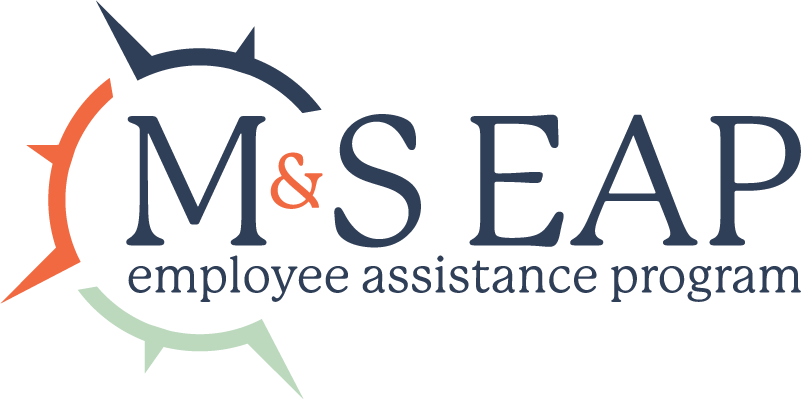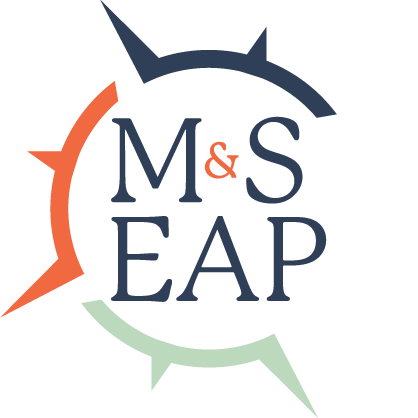What Do I Say in Coaching Sessions With My Staff?

When we hear the word “coach,” we often picture the head of a sports team, the one calling the plays, the intimidating individual with a loud whistle and a prominent voice on the sidelines.
However, managers in the workplace can also be coaches and achieve massive improvements in employee work output and performance when they transform their managerial role into that of a coach.
This is because coaches work through problems with their people and empower them to solve them with their creativity and skills. When employees are guided in this way, they feel strengthened to do the work that needs to be done. They feel a greater sense of ownership over their work and a more profound sense of responsibility and loyalty to the company.
What is a coaching conversation?
Coaching conversations are crucial for building this sense of empowerment and healthy work output in professional environments. Not only that, but they communicate to your employees that you care for them and want them to excel professionally.
“A coaching conversation differs from a typical conversation in which advice or help is given to resolve a problem. Instead, it is focused on guiding the [employee] through discussion to increase their self-awareness and enable them to identify and develop their solutions.”
Additionally, the more coaching conversations are had, the more the company environment shifts to one of coaching. This can have a massively positive impact on the culture of a workplace:
“Coaching conversations aren’t just for specialized professionals. Nearly anyone can conduct a coaching conversation … When enough people begin coaching one another, the organizational culture can shift. As a critical mass is reached, with people having candid coaching conversations with one another across the entire company, something powerful begins to happen. Team relationships strengthen, employee engagement increases, and business performance improves.”
The benefits of coaching conversations cannot be denied and often lead to:
- More fluid teamwork and collaboration
- Better morale and satisfaction at work among employees
- Increased bench strength is “the identified talent an organization has in its succession pipeline.”
- Increased engagement
When people are coached, they find the strength to overcome problems with their solutions—a compelling feeling for an employee who wishes to succeed.
How to have a coaching conversation
Now that we understand the benefits of coaching conversations, we must know how to have them.
Make sure the timing is right
Of course, some casual conversations can turn into informal coaching sessions. In these sessions, you chat with an employee about any problem they seek guidance on; you can use this brief conversation to coach them. However, more formal sessions may require a bit more planning and foresight.
Specific questions from your employees may indicate their willingness to be coached, including:
- “Can I run an idea by you?”
- “Would you be able to help me with this?”
- “I’m feeling stuck and intimidated by this deadline – do you have time to help me brainstorm?”
- “What are your thoughts on this scenario?”
These questions and others will indicate the time is right to have a coaching conversation.
Listen actively
Essentially, a coaching session should balance out so that your employee does 90 percent of the talking and you do 10 percent. This allows the employee to work through their thoughts and come to conclusions primarily on their own, with expertly timed suggestions offered by you when the opportunity presents itself.
When you listen to your employees to understand, you can hear much more than the external issue. It is often the time when you will “find unstated objections, sensible reservations, and concealed barriers that might torpedo new initiatives. More robust solutions to business challenges emerge when people listen to understand one another.”
Respond with intentional questions
If you know the goal of the conversation and can listen thoughtfully to your employees’ complaints, concerns, ideas, and reservations, you will be better able to craft a response that helps them reach their solution.
You should use this time to ask open-ended questions like, “What are the biggest obstacles here?” “What would you do to change this situation?” “What else can you do?” “What advice would you give someone who came to you in this situation?”
This allows your employees to explore additional options they may not have considered and generate ideas for solutions independently.
Commit to a plan for the future
The conversation should conclude with a plan for moving forward, whether a solution to the problem or a follow-up conversation after a trial and error period of working through a complicated issue. This leaves your employee with actionable steps and a clear plan for you to follow up on in the coming days/weeks.
Are you looking for more employee support?
Mazzitti & Sullivan takes pride in helping employers coach employees and providing mental health counseling and professional development services through our employee assistance programs.
To learn more about our services, reach out to Mazzitti & Sullivan anytime.



